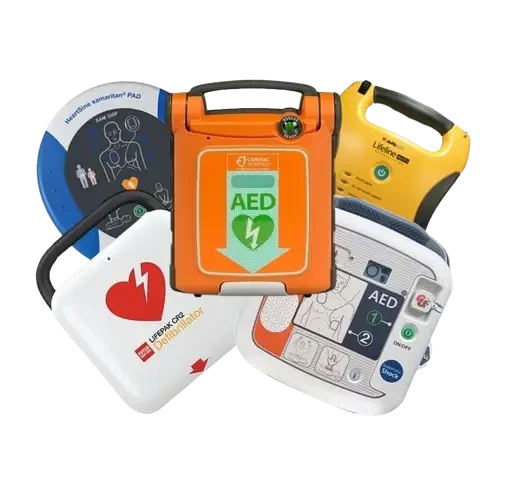Defibrillators

Defibrillators with Advanced Features for Every Need
Defibrillators are designed to step in when every second matters, restoring a normal heart rhythm during sudden cardiac arrest. Think of them as a safety net—whether in your workplace, school, gym, community space, or even at home. Having one nearby can mean the difference between life and loss. With today’s technology, these devices are easier to use, lighter to carry, and smarter in performance, so anyone—not just medical professionals—can act confidently in an emergency. If you want peace of mind and true preparedness, adding a defibrillator to your space is one of the smartest choices you can make...





